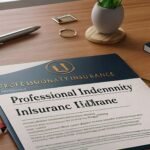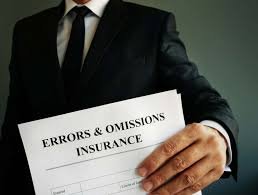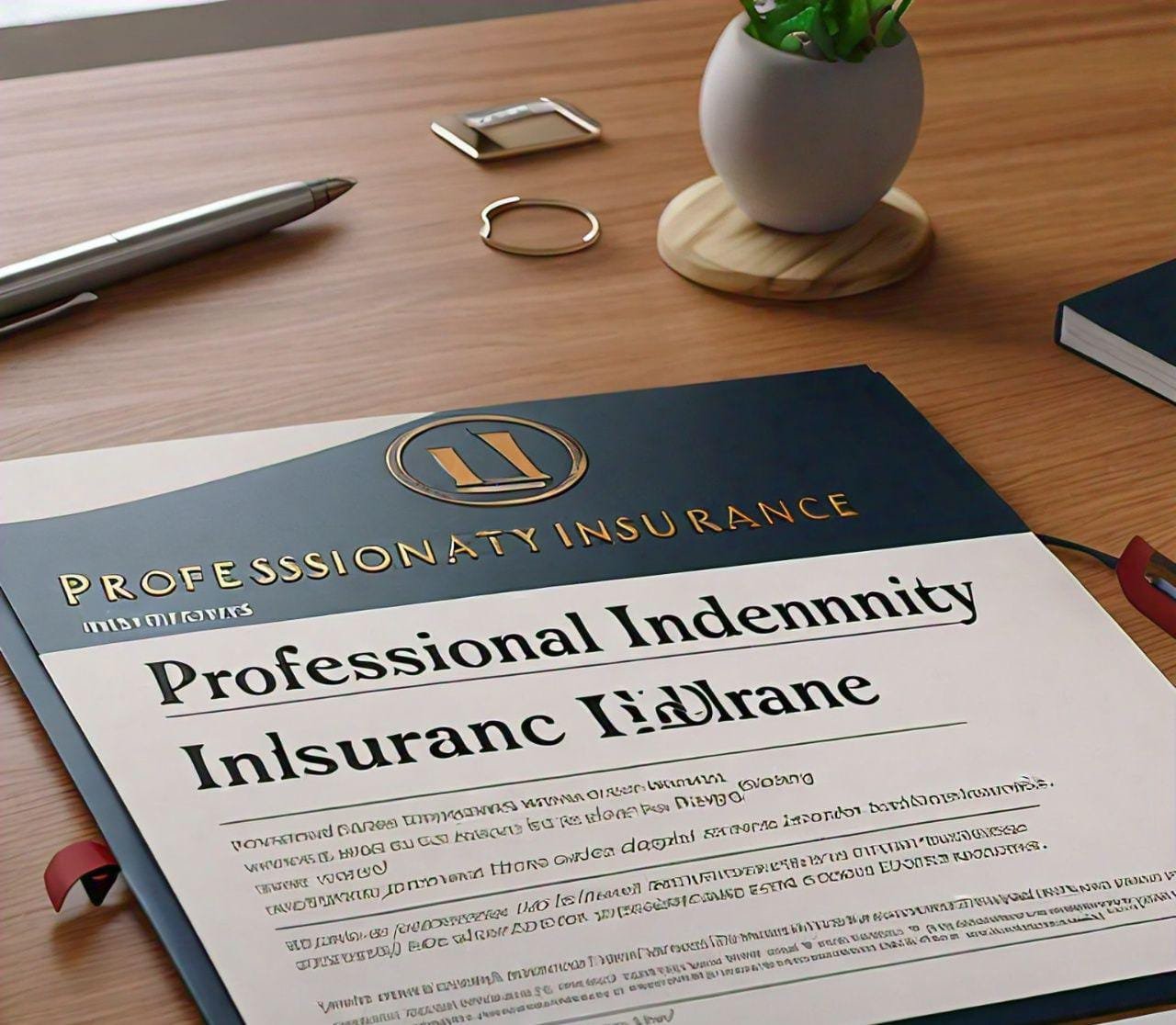Tornado Insurance: Understanding Your Coverage
As tornadoes continue to wreak havoc across the United States, it’s essential to understand the importance of having adequate insurance coverage to protect your home and personal belongings. While most homeowners and renters insurance policies cover tornado damage, there are specific aspects to consider when it comes to tornado insurance.
What is Tornado Insurance?
Tornado insurance isn’t a separate policy or endorsement; instead, it’s typically included in standard homeowners and renters insurance policies. These policies cover wind-related damage, including tornadoes, without requiring an additional policy or rider.
Does Home Insurance Cover Tornado Damage?
Yes, most standard homeowners insurance policies cover tornado damage and other wind-related problems. This coverage generally includes:
- Wind damage
- Rain damage
- Tree damage
- Mold damage (in some cases)
However, it’s essential to note that flood damage is not covered under standard homeowners insurance policies. If a tornado leads to flooding, you’ll need a separate flood insurance policy to cover the damage.
Renters Insurance for Tornadoes
Renters insurance also covers wind-related damage, including tornadoes, and personal property. However, it excludes building damage, which is covered by the landlord’s insurance policy. Renters insurance also provides coverage for additional living expenses if you’re unable to live in your apartment due to tornado damage.
Does Car Insurance Cover Tornadoes?
Comprehensive car insurance covers damage to your vehicle caused by tornadoes, including:
- Wind damage
- Hail damage
- Fire damage
- Theft
- Vandalism
- Collisions with animals
Optional coverage types to consider include:
- Gap insurance pays the “gap” between the insurance payout and the amount owed on your auto loan or lease if your vehicle is totaled.
- Rental reimbursement insurance: Helps pay for a rental car or other transportation costs if your car is in the shop for repairs.
How Is Tornado Strength Measured?
Tornado strength is measured using the Enhanced Fujita Scale (EF Scale), which rates tornadoes from EF0 (light damage) to EF5 (incredible damage).
How Does Homeowners Insurance Cover Tornado Damage?
Homeowners insurance allows you to repair, replace, rebuild, and recover financially if your property or belongings are damaged or destroyed by a tornado or a significant windstorm. Tornado damage can be covered under the following types of policies:
- Dwelling coverage (Coverage A): Pays to repair and replace your damaged home and may even pay out the value of your home if it’s a total loss.
- Other structures coverage (Coverage B): Covers detached structures on your property, such as sheds, fences, and detached garages.
- Personal property coverage (Coverage C): Covers damage to your insured personal property, such as furniture, clothing, and artwork.
- Loss of use coverage (Coverage D): Pays for additional living expenses if you must live somewhere else while your home is being repaired or rebuilt.
Filing a Tornado Insurance Claim
If you have tornado damage, follow these steps to file a claim:
Inspect your house for symptoms of structural problems.
Take photographs of the damage to your home from both inside and outside.
Use your home inventory to identify which things require repair or replacement.
Do not initiate non-emergency repairs or disposal of things until your insurance adjuster has assessed the damage.
If you are unable to dwell in the house, retain receipts for all costs, including hotel bills and restaurant meals.
Is Homeowners Insurance More Expensive in Tornado Alley?
Tornado Alley, which includes states such as Texas, Oklahoma, Nebraska, Kansas, South Dakota, Iowa, Missouri, and Illinois, is considered a high-risk area for tornadoes. As a result, homeowners insurance premiums may be higher in these states. However, many factors contribute to the cost of homeowners insurance, including the age and size of your home, the materials used to build your home, crime statistics in your neighborhood, and the value of your home and belongings.
Tornado Safety Tips
When dealing with tornado damage, prioritize your safety and the safety of those around you. Follow these tips:
Inspect your house for symptoms of structural problems.
Stay away from downed electrical wires.
Look out for garbage, shattered glass, and exposed nails.
When working with or around debris, wear sturdy shoes or boots, long sleeves, and gloves.
Cooperate completely with public safety officers.
By understanding your insurance coverage and taking necessary precautions, you can minimize the financial and emotional impact of a tornado. Remember to review your insurance policy regularly to ensure you have adequate coverage for your home and personal belongings.










